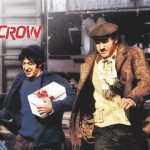Goodfellas (1990)
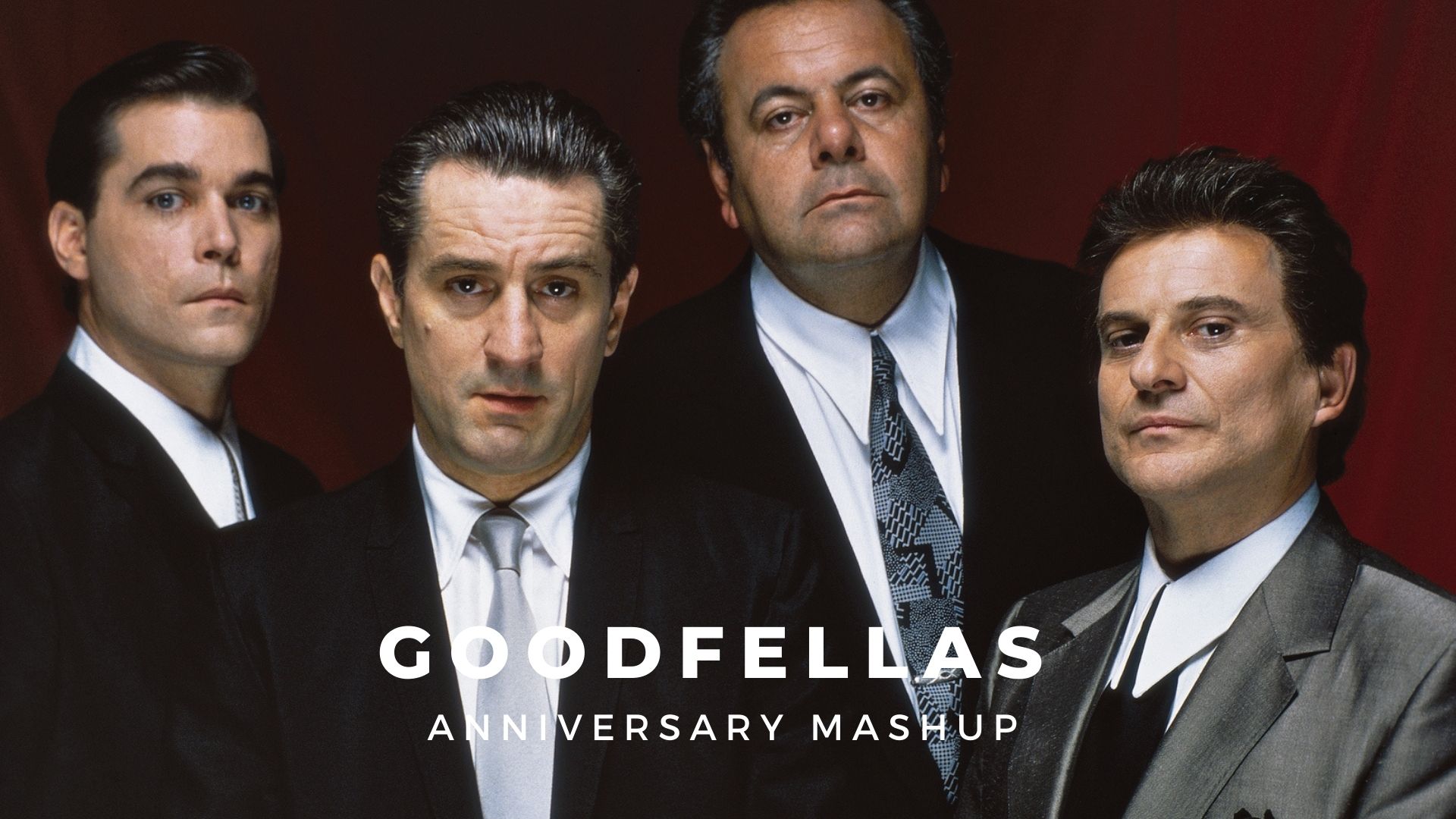
Goodfellas (1990) is a classic American crime film directed by Martin Scorsese. Based on Nicholas Pileggi’s 1985 nonfiction book Wiseguy, the movie tells the true story of Henry Hill and his involvement in the world of organized crime. With its gritty realism, powerful performances, and innovative filmmaking, Goodfellas is widely regarded as one of the greatest films ever made, offering a deep insight into the lives of mobsters and the inner workings of the Mafia.
The film follows Henry Hill (played by Ray Liotta) from his childhood in Brooklyn to his rise through the ranks of the Mafia. As a young man, Henry is drawn into the allure of organized crime, beginning as a low-level errand boy for the Lucchese crime family. Over time, he becomes involved in more serious criminal activities, including drug trafficking, robbery, and murder, eventually betraying his criminal associates and entering witness protection.
One of the central themes in Goodfellas is the corrupting power of organized crime. Henry Hill’s transformation from an innocent, ambitious young man to a ruthless gangster demonstrates the seductive nature of the Mafia lifestyle. Scorsese’s use of voiceover narration allows the audience to understand Henry’s internal struggle as he becomes increasingly entangled in the violent world of organized crime, showing both the excitement and the inevitable downfall that come with such a life.
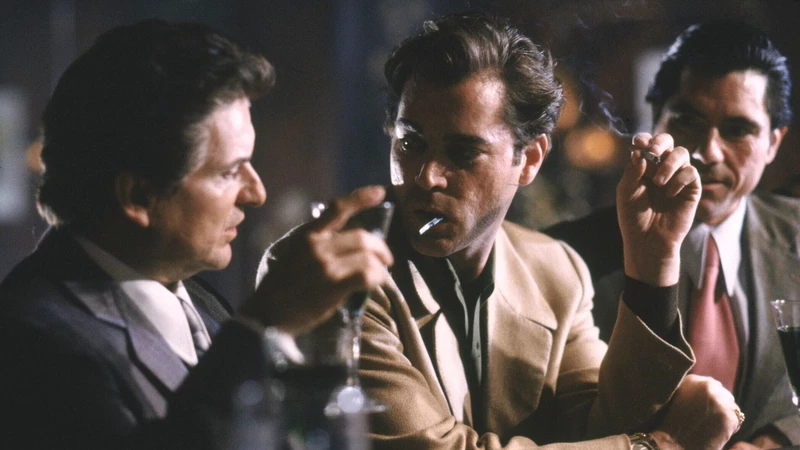
The characters in Goodfellas are complex and multi-dimensional, each representing different aspects of the Mafia world. Henry Hill, as the protagonist, is neither fully good nor bad, making him a compelling character. His relationship with his wife Karen (Lorraine Bracco) highlights the impact of his criminal life on his personal relationships. Meanwhile, characters like Jimmy Conway (Robert De Niro) and Tommy DeVito (Joe Pesci) embody the ruthless and unpredictable nature of mob life, with Tommy’s volatile temper being one of the most unforgettable elements of the film.
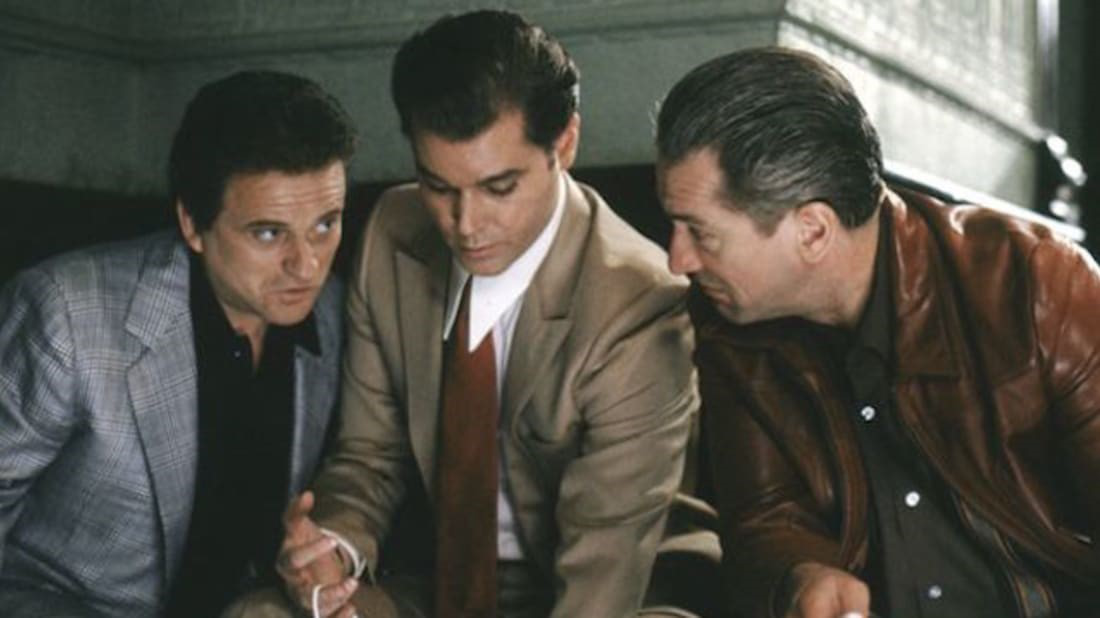
Martin Scorsese’s direction in Goodfellas is masterful, with his use of long tracking shots, fast-paced editing, and dynamic camera work creating an intense and immersive experience. One of the film’s most iconic scenes is the “Copacabana” sequence, where Henry and Karen walk through the nightclub, captured in a continuous shot that perfectly conveys the allure and danger of the criminal world. Scorsese’s collaboration with editor Thelma Schoonmaker also plays a crucial role in shaping the film’s rhythm and energy.
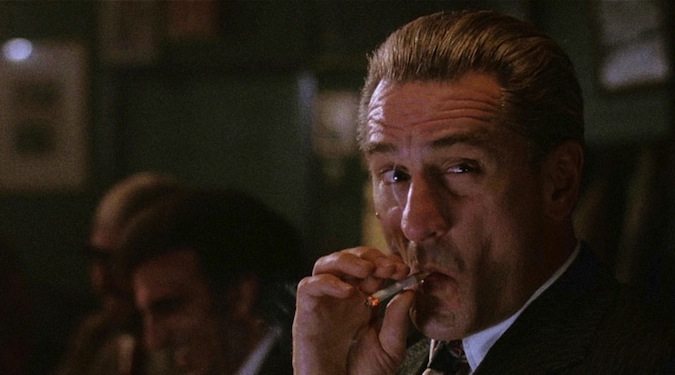
In conclusion, Goodfellas is a cinematic masterpiece that remains a benchmark in the gangster genre. Through its engaging story, complex characters, and expert filmmaking, it explores the harsh realities of organized crime while showcasing the humanity of its characters. The film’s influence on modern cinema is immense, and it continues to be celebrated for its portrayal of a world that is both fascinating and tragic. Goodfellas remains a timeless classic that captivates audiences and continues to inspire filmmakers around the world.


